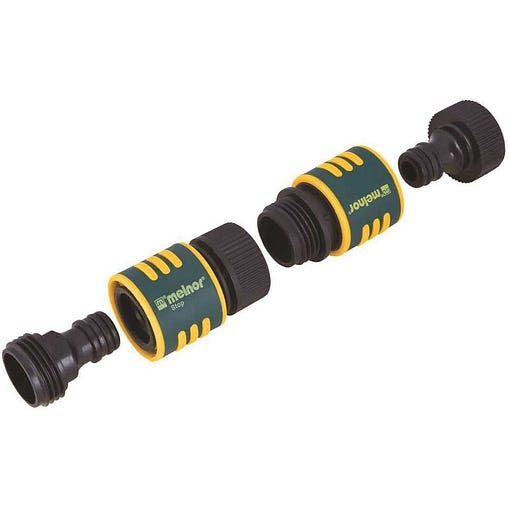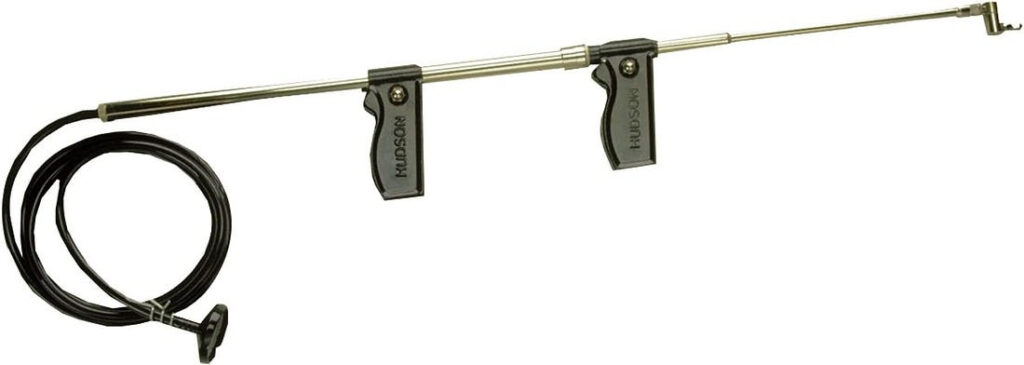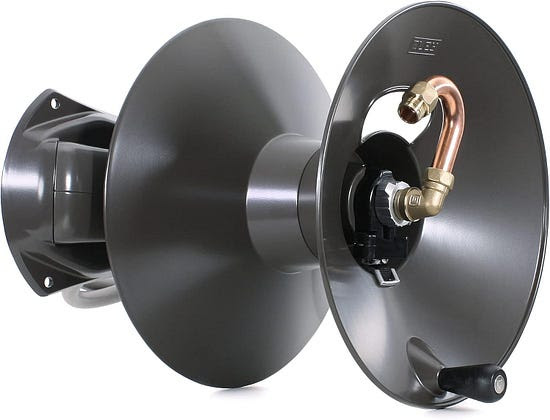Books on Demand
Printing small quantities of books cheaply
The authority of a book is astounding. Take text as it appears on your screen, print it on paper, bind between covers, and those words will get more attention and respect than they would on a website or stapled as a report. We don’t know how long this cultural bias will prevail, but as long as it does, you can take advantage of outfits that print short runs of soft-bound books.
I recently produced a 120-page book that reproduced a sketch journal I kept while bicycling across America. I scanned the images and sent the printer the files of the completely designed book. They sent me back 200 copies at $3.23 per copy. And I could have ordered as few as 10 books.
Sample pages can be viewed here.
I did another small run of a book of weird drawings, this time only 100 copies. The curious can find it here on amazon.
This was not only cheaper than having them copied at Kinkos, it was more handsome and handy since the pages were perfect bound. I use them as gifts; they appear as authortative as any other book on your bookshelf.
Two recent advances are behind this service. The first is a high-speed Xerox document machine called DocuTech 6100 series, which prints rapidly (180 pages per minute) using inexpensive toner driven by computers. There is no ink, film or plate.
This high tech machine is finding a home in clean rooms of printing plants; you feed it digital files; it looks like a long copy machine. For print runs of less than 1,500 copies, this process will be cheaper per book; beyond that it’s cheaper to print with ink. The advantage of this short-run zone is that there is little penalty for printing only a few books; the cost per copy remains the same, unlike in most print jobs. Technically, since you aren’t producing each book as you need it (that’s true books on demand) but in very small lots, this type of printing is called Print Quantity Needed (PQN).
The second piece of equipment that makes this small-time publishing work is the binder, such as the Amigo Perfect Binder. Small lots of books can be squarely and instantly glued into paper-back books at very little cost, and with minimal skill.
The combination of both tools produces a book that is indistinguishable from one you would buy in a book store, yet can be produced in more personal quantities. (All I’ve said applies to black and white printing. On-demand color printing is used primarily for the cover only.) Since Amazon now accepts any book with an ISBN number and bar code, anyone can truly be in the publishing channel. On-demand books are sold on Amazon.
To capture the full economy of on-demand printing, you need to ready your material digitally. You should do any scanning that might be needed. The book should end up in a layout program such as Quark or InDesign, with font and picture files inserted. Aim to deliver the entire book on a CD. Any book with pages larger than a normal 8 x11 will be problematic. There’s a sweet spot in this technology at a page size of about 6 x 9, which is your standard trade paperback, so think that size. New York publishers use this technology all the time now to print the 300-500 “advance” copies (called gallies) that they send to reviewers. As the technology progresses they will eventually use something similar to print all the books.
Because a load of books can be heavy, delivery at the finish can be a problem. Local is good. If you find a great bargain out of state, it could be worth having them shipped to you by postal media rate.
The dream of going from a Word or Quark file to a printed book, in small quantities, for reasonable rates is here. But printers are not publishers. If you want to peddle your book yourself on Amazon (and why not?), you’ll need the additional advice of the Self Publishing Manual to steer you through the procedure.
05/26/03










